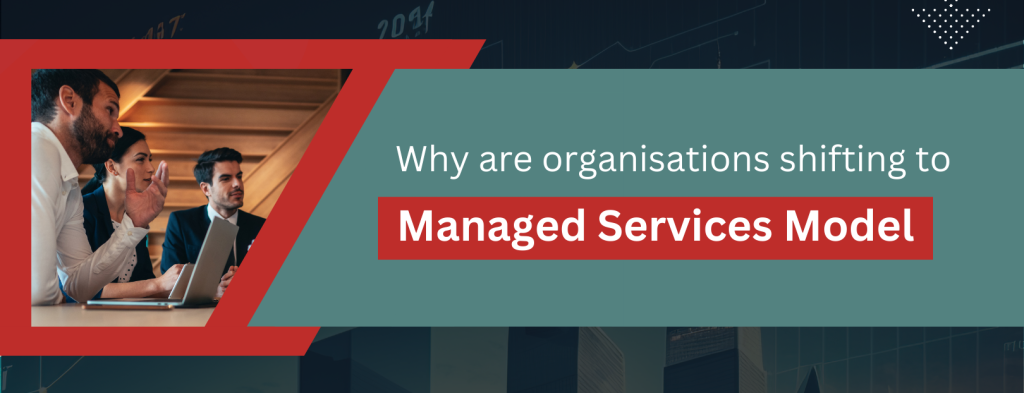Electronic Security Solutions are vital in protecting businesses, assets, and people.
However, acquiring a good security system often requires a significant outlay, which can lead to inefficient use of the organisation’s capital. Importantly, it is also challenging to ensure continued system support and maintenance after the initial investment. The unpredictability of maintenance and repair costs often leads to a high total cost of ownership (TCO). Thus, it is not uncommon to see organisations procuring the cheapest solution that does not meet their needs and still end up with a high TCO. This leads to a major shift towards the Managed Services model over traditional purchase for many businesses.
However, Managed Services model is often misunderstood as leasing or rental model. To address this, understanding the distinctions between these different OpEx models can help assist in selecting the most suitable approach for you.
Leasing Model

In the leasing model, the seller transfers ownership of the security system to the lessor, who is typically a financier. The financier then leases it to customers for a specific duration with a periodic fee.
During the lease term, the lessee gains temporary access to the leased system and hardware, but operation, maintenance, and support services are not provided by the seller or financier.
Rental Model

Similarly, in the rental model, the rental provider owns the equipment and provides access to the renter for a periodic fee. Maintenance and support are offered based on the contract agreement, while the customer is still responsible for operating the system.
Managed Services Model

In contrast, the managed services model involves outsourcing specific security services and infrastructure management to a specialised managed service provider (MSP). Instead of leasing or renting security equipment, the MSP takes on the responsibility of operating, monitoring, and maintaining the systems, hardware, and software on behalf of the client. This approach focuses on overall performance, efficiency and minimises downtime, while the client pays a regular fee for the managed services provided.
This model eliminates the need for a high initial investment and uncertain operating costs associated with maintaining the system, including ongoing administrative, executive, and talent costs. Managed Services has full coverage of hardware, software, and running costs. At the end of the agreement, the client has the flexibility to acquire ownership of the system, renew the contract, or upgrade the system.
The Comparison

In comparison, all three models involve external providers offering access to security systems and hardware. Payment is typically made on a periodic basis, and maintenance and support services are often the service provider’s responsibility.
However, there are significant differences that set managed services apart from the leasing and rental models. Under the managed services model, the managed services provider takes on a comprehensive role in actively managing and maintaining the client’s security system with a focus on achieving optimal outcomes and service performance.
In contrast, the leasing and rental models often require greater involvement from the customer, with maintenance being addressed reactively. Additionally, in a leasing model, since the system seller has already been fully paid upfront by the financier, there is no motivation for them to provide quality operations and services. Similarly, the rental provider is not involved in actual operations, and therefore, has very limited input to the performance of the system.
The managed services model goes beyond merely providing access to operate the system hardware, ensuring a proactive and high-quality approach to effectively meet the client’s security needs. Additionally, the managed services model covers all expenses, including system management, maintenance, and warranty, ensuring a seamless and reliable security solution.
Conclusion
In conclusion, when exploring OpEx models for electronic security systems, the managed services model emerges as a highly advantageous option, especially with Ademco’s VerifSuite range of managed services. VerifSuite is highly customisable to business needs, providing numerous benefits for organisations seeking efficient and cost-effective security solutions. That is why we call VerifSuite – Next Gen Security.
With over 40 years of experience in the market, Ademco offers exceptional expertise and reliability. If your organisation is considering a transition from CapEx to the managed services model, we are here to assist. Take the first step towards enhanced security and seamless operations by reaching out to us today.

